Photographic Exhibition on Gender
From Disaster to Recovery: Visible and Invisible Gendered Impacts of Climate Change, and Women in Climate Action
The unequal gendered and social impacts of environmental events are not always visible. A critical lens is necessary to recognize how climate change affects women, men, and children from diverse communities differently worldwide.
The interactive art exhibition highlighted the often-invisible gendered impacts of climate change and celebrating the women leading climate action. Through powerful imagery, this exhibit showcased both women impacted by environmental disasters and those leading advancements in weather, water, and climate services worldwide.
The exhibition highlighted 3 concepts:
Gendered Impacts of Climate Change

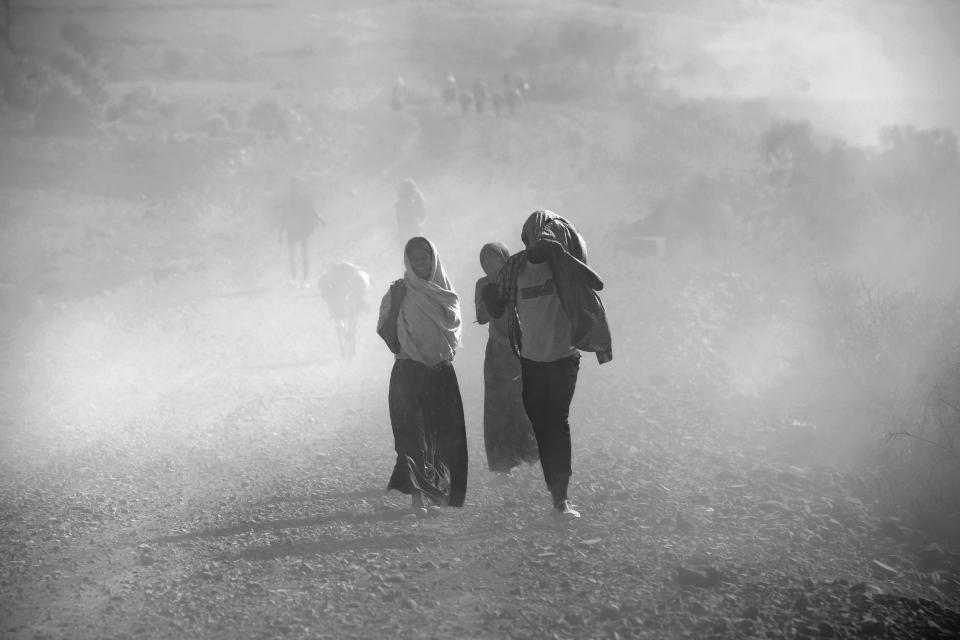
Dust and Grit: A Glimpse of West Gonder
Photographer: Abenezer Israel (Ethiopia)
Description: In the rugged terrain of South Gonder, resilient locals trudge on, undeterred by the billowing dust arouund them.

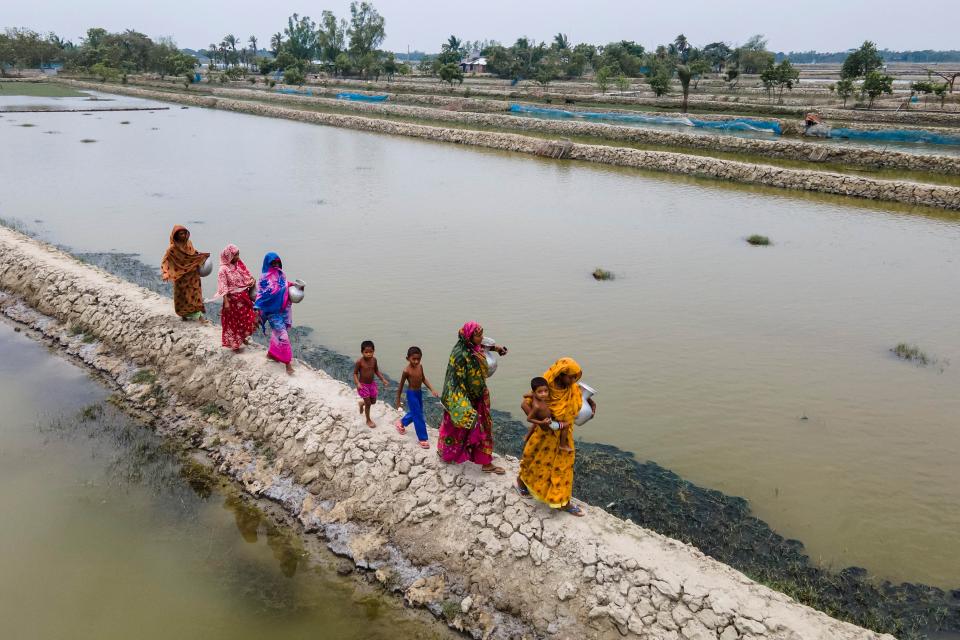
Journey for Water
Photographer: Muhammad Amdad Hossain (Bangladesh)
Description: Women in Shyamnagar Union,Satkhira, Bangladesh, trek through the arid coastal terrain to a reservoir to collect water. Years after Cyclone Aila, the community continues to struggle for access to clean drinking water.

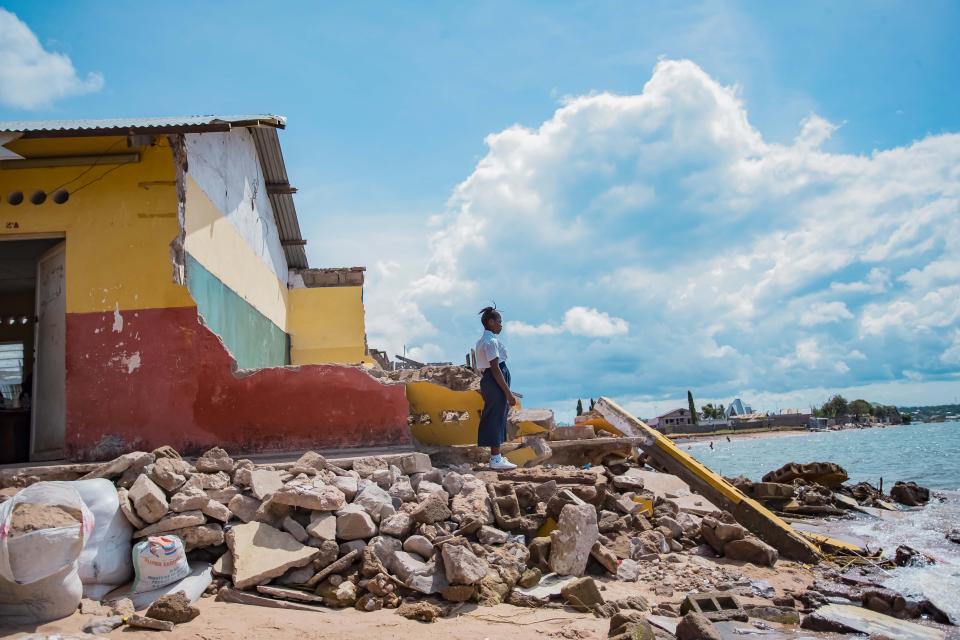
A Future at Risk: Climate Change and Children’s Education
Photographer: Josue Mulala (Congo)
Description: A young girl stands in the ruins of her school in Kalemie, Tanganyika Province, Democratic Republic of Congo—a stark reminder of the damage left behind by years of extreme weather. Flooding and storms have repeatedly hit the region, destroying homes, schools, and vital infrastructure. For students here, the impact goes beyond the crumbling walls—it’s a disruption to their education and their future.

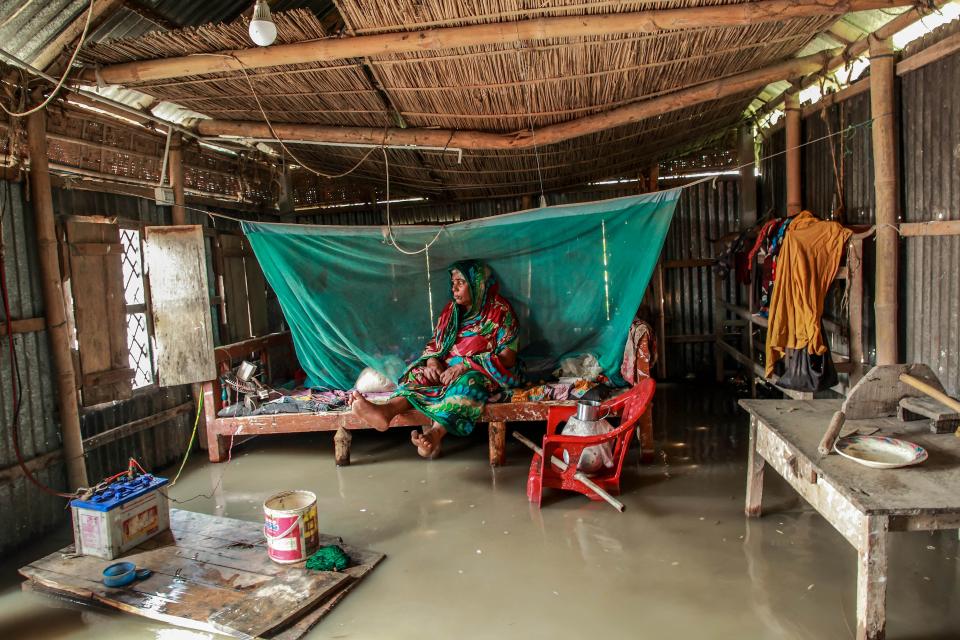
Flood Refugee
Photographer: Muhammad Amdad Hossain (Bangladesh)
Description: After heavy rains in Jatrapur Union, Kurigram, Bangladesh, a sick woman sits by the window of her partially submerged home, illustrating the devastating impact of flooding on the community, as well as its vulnerability and hardships.
2. Invisible Gendered Impacts

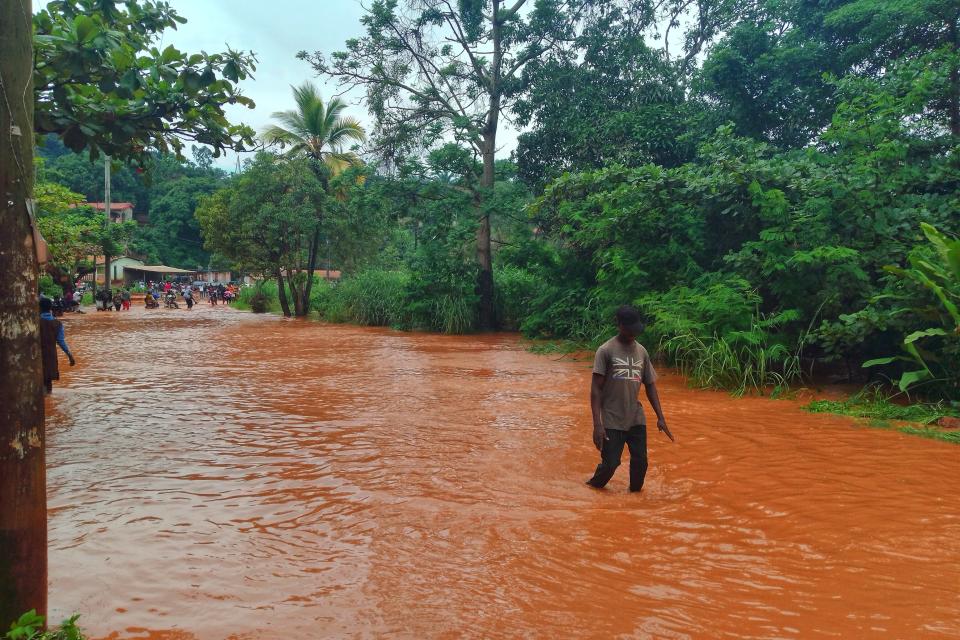
Trapped in Muddy Water
Photographer: Erica Pém (Cameroon)
Description: In flood-prone Nkol-Bisson, Yaoundé, Cameroon, heavy rains force residents to wade through deep waters to reach their homes, putting children at risk of drowning. Context: The importance of early warnings in cases of flooding, especially for women, children, and persons with disabilities.

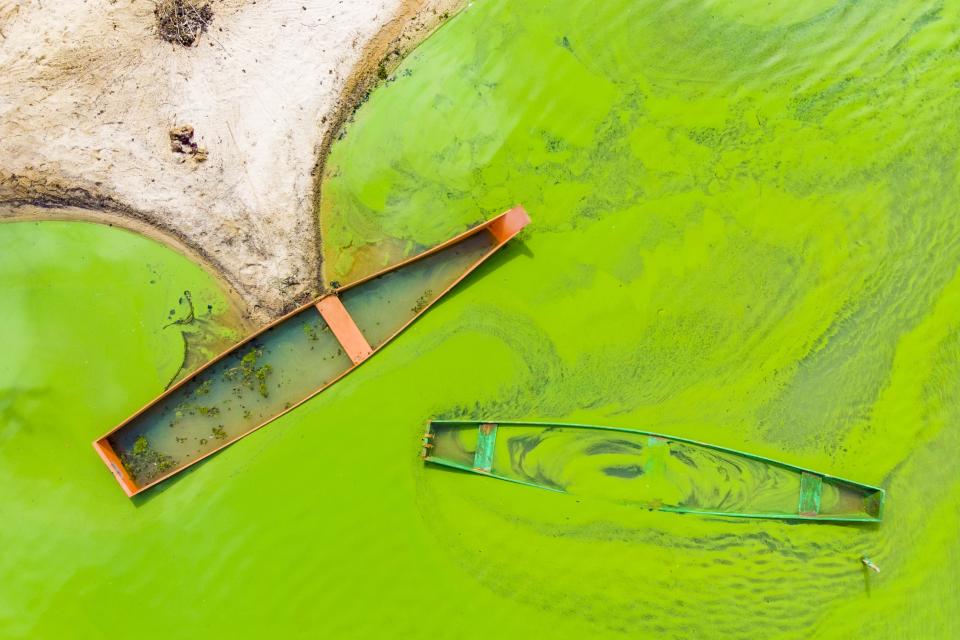
The Green Lake
Photographer: Paulo Pampolin (United Kingdom of Great Britain and Northern Ireland)
Description: After the Mariana dam disaster in Minas Gerais, Brazil, mud flowed into the Rio Doce, causing flooding, polluting lakes, and destroying homes and livelihoods. In Sooretama, 600km from the disaster site, green algae now coverthe water's surface.

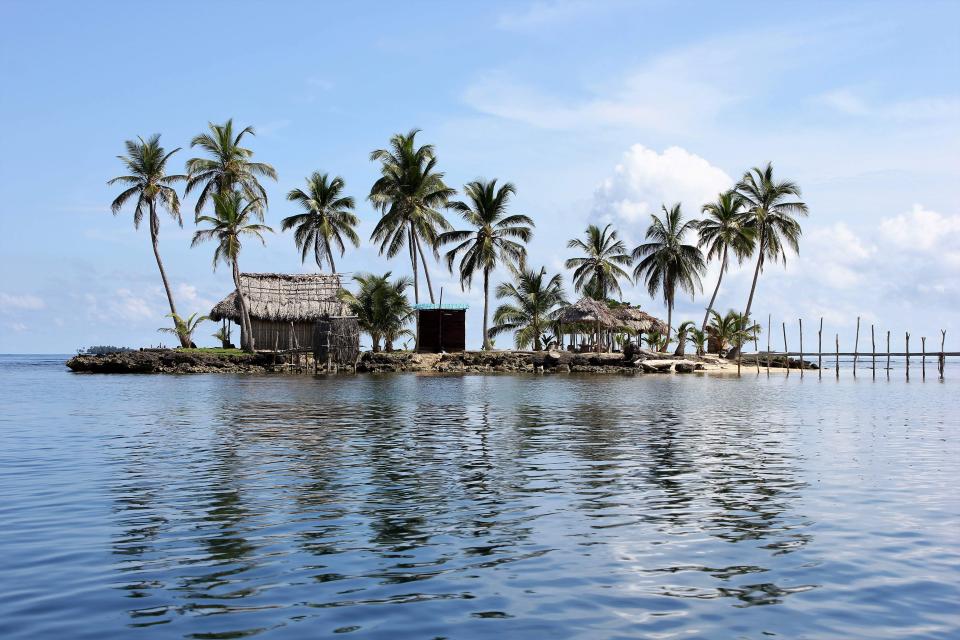
Guna Yala: A Disappearing Island
Photographer: Silvia Markli (United States of America)
Description: Home to the Guna people, Guna Yala —an archipelago of over 300 islands off the northeast coast of Panama — is highly vulnerable to climate change. Rising sea levels may make it uninhabitable within 20 years, forcing the displacement of thousands of indigenous community members.
3. Empowerment – Women in Action

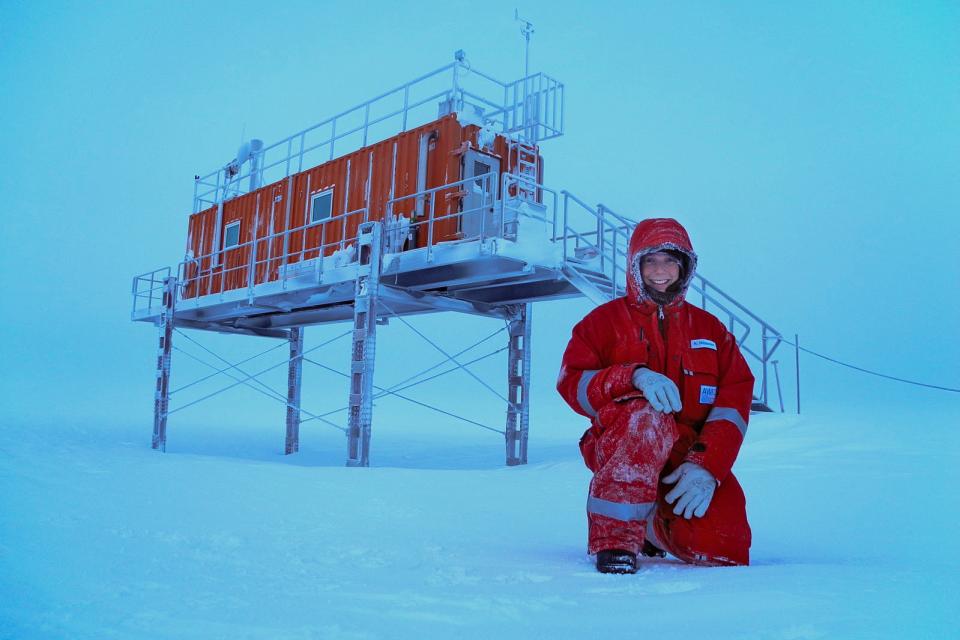
Air Chemistry Observation (Kathrin Hoeppner)
Photographer: Neumayer III Research Station
Dr. Kathrin Höppner, an Air Chemist at Germany's Research Station “Neumayer III”, Queen Maud Land, Antarctica, during the 2012 winter expedition.

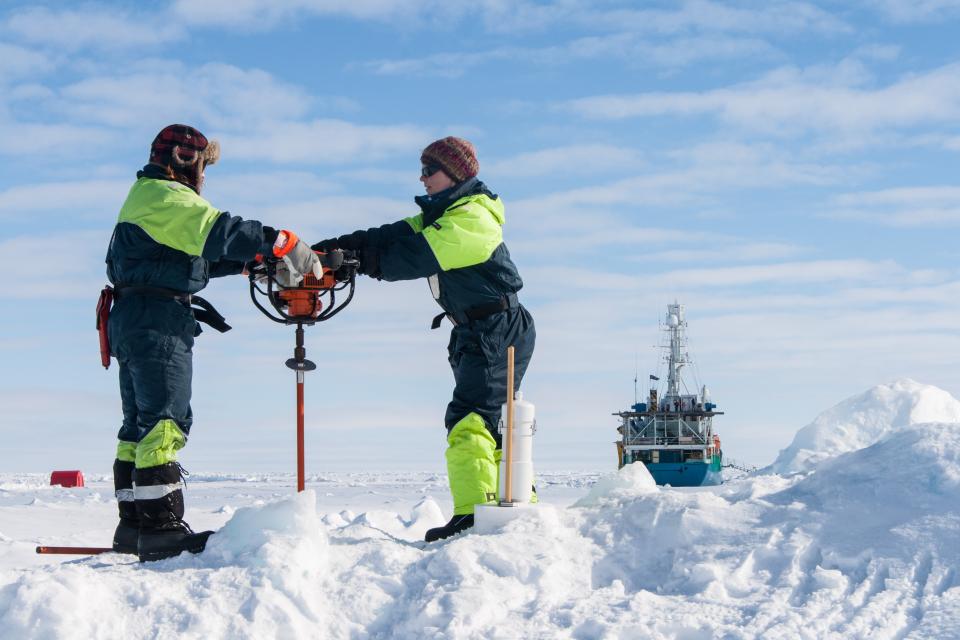
Ice Drilling in the Arctic
Photographer: Frede Lamo
Meteorologists Annu Oikkonen and Åse Ervik drill through sea ice while the research ship Lance remains frozen in the Arctic for six months as part of the N-ICE2015 project, organized by the Norwegian Polar Institute.

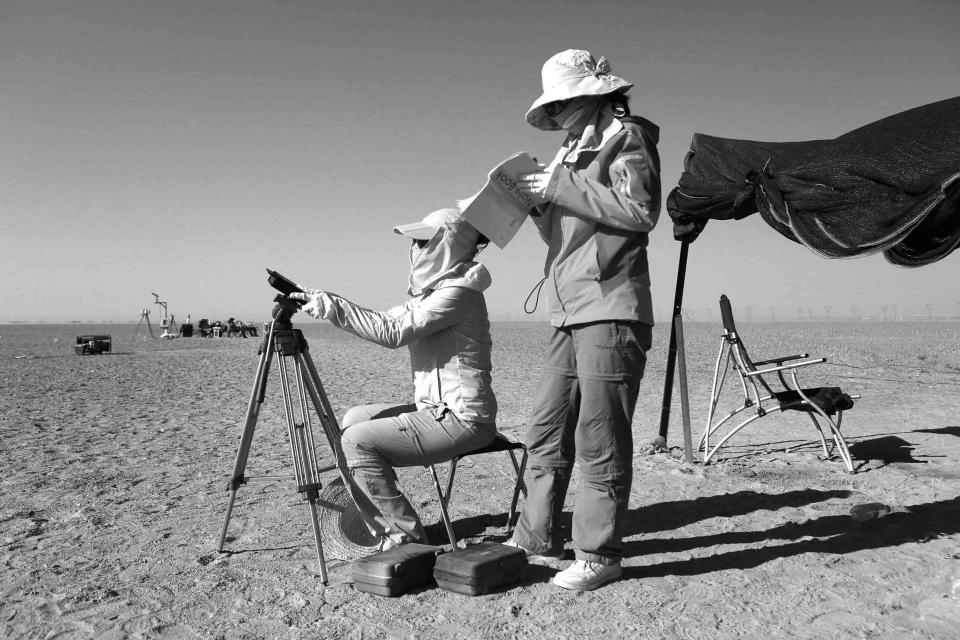
Satellite Meteorology in China
Photographer: National Satellite Meteorological Center (NSMC)
Ms. WANG Ling and Xu Na, meteorologists at China's National Satellite Meteorological Center (NSMC), conduct synchronized observations using a photometer in Dunhuang.

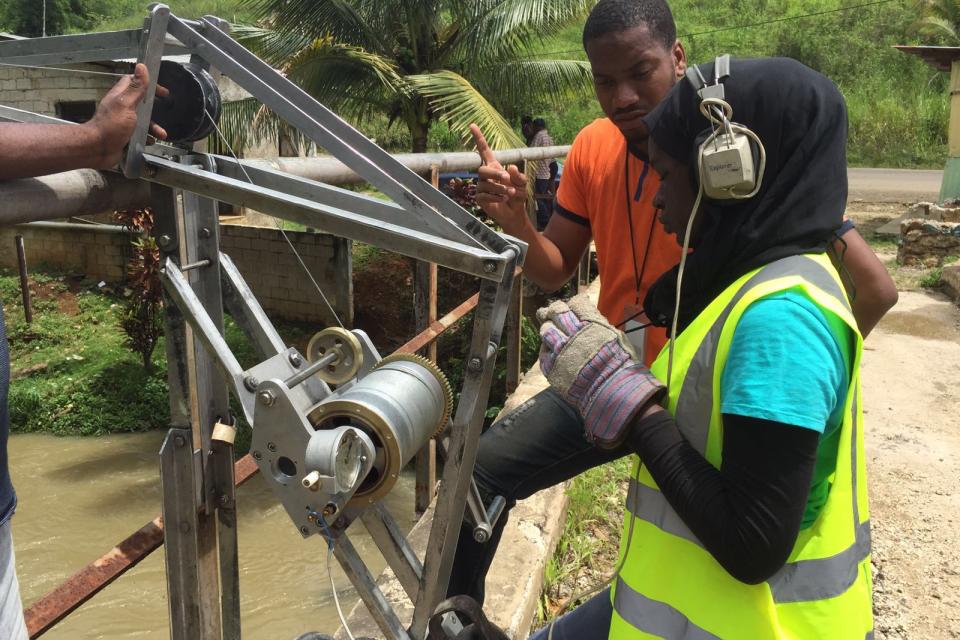
Stream Gauging in The Gambia
Photographer: Unknown
Ms. Binta Maneh operates a stream gauging crane in Jamaica. She successfully completed her diploma in Hydrology at the Caribbean Institute for Meteorology & Hydrology (CIMH) before returning to work in The Gambia.

